

Looking back before commercial dog food products are widely sold, dogs have survived and lived long by eating unprocessed foods. This is definitely a clear sign that you don't have to automatically settle for branded products. There are several options you can take.
Feeding your dogs homemade meals and unprocessed or raw food are other excellent choices. You may find these methods time-consuming and tiresome compared to commercial products. But, this can definitely give numerous perks, especially for your dog's overall health.
Of course, there are some limitations or restrictions. Keep in mind that dogs have a different digestion process compared to us. There are products that are healthy and digestible for us, but unsuitable for canines or the other way around. Hence, this article will give you some insights about home-cooked meals, raw feeding and other humans foods that are appropriate for your canine pet.
Honestly, the answer to this question will always depend on the components of a meal. As I've observed, it has been a norm for us to cook complex recipes. We add various ingredients until our taste buds would approve. There's nothing wrong with this, as far as human health is concerned. However, when it comes to our beloved pets, simplicity is the best course of action.
With that, here is a list of important notes to remember when you're feeding your pet home-cooked meals.
Always remember that there are products that are typically deemed healthy for human consumption, but may cause detriment to your dogs. A healthy balanced meal for us will not always mean that it is healthy for your pets. Heat or the cooking process can also decrease the nutrient value of certain foods. So, table scraps or home-cooked meals may not meet your pet's daily dietary needs. For these specific reasons, feeding your dogs table scraps or leftover meals should only be given occasionally.
It is a given fact that commercial dog food became popular partly because of the negative effects of table scraps. Several manufacturing companies have used this opportunity to advertise their product as a more nutritious choice compared to the first option.
As you can see above, there are some reasonable claims here. However, opting for commercial products is not the only option. Feeding your pets whole or unprocessed foods is another method you can do.

For years, the battle between to feed or not to feed your dogs some fruits and vegetables is still debatable. Nonetheless, there are no significant evidences implying that this specific food group can cause harm to your pet's health as long as it is not the primary ingredient of your dog's daily meals.
Aside from that, it is still a fact that canines need a daily dose of vitamins and minerals. There are various options you can do to achieve this. One way is through fruits and vegetables.
When introducing fruits and veggies, you have to do it gradually, especially when he has been fed with kibble for some time. This will not only give you a chance to observe if your pet has sensitivity to this specific food group. It will also allow your pet to adjust to his new diet and at the same time avoid digestion problems. But, you have to remember that they cannot fully digest these products. For that reason, you can only include small amounts of vegetables or fruits in their daily meals. Digestive enzymes can also help in both digestion and nutrient absorption. Thus, it is strongly recommended to add enzyme supplements when feeding your dogs fruits and vegetables.
With that, below are some examples of fruits and vegetables that you can and cannot feed to your pet.
Recommended
Must Avoid
As you know, protein is the core of a dog's diet. For that reason, it is highly recommended that 70 to 80% of your dog's daily meals is meat.
Basically, animal flesh does not only contain proteins. It also has fats, vitamins and minerals that are beneficial for your four-legged friend. However, a pure meat diet is evidently considered incomplete. Yes, meat is high in proteins. But, it does not have sufficient amounts of vitamins and minerals to meet his dietary needs. So, how will you complete the formula?
A lot of raw feeders recommend that you should also include offal (5 to 10%) in their diet. Basically; an animal's internal organ like liver, heart and kidneys are a great source of vitamins and minerals. Tripe (green) from a grazing animal is also highly recommended. It does not only contain nutrients. It is also loaded with digestive enzymes and good bacteria that promotes a healthy gut for your beloved canine friend.
What about carbohydrates? To be honest, this topic is argumentative. You may or may not include minimal amounts of grains or other carbohydrate sources in your dog's diet. But, keep in mind that your four-legged pet can convert fats and proteins into glucose through the process known as gluconeogenesis. So, meat can sustain your pet's energy needs.

We all know that our pets will benefit from the calcium and phosphorus contents of bones. But, that is not the only benefit a bone has to offer. Marrow and cartilages present in bones are also considered a good source of glucosamine, a substance that can help protect or strengthen your dog's joints.
This is actually one of the major reasons it is strongly advocated to include meaty bones (10 to 15%) in your pet's daily meals. Take note, I mentioned “meaty bones”. This is because bones with animal flesh and cartilages attached to it like chicken quarter legs are soft and edible for your dogs. Femur and other weight-bearing bones are not ideal for your dog's day-to-day meal. These types of bones are only meant for recreational purposes.
Cooking can also alter a bone's structure; making it brittle, indigestible and unsafe for canine consumption. Hence, as I've mentioned above, it is not advisable to feed your pets with cooked bones. It is also advised to supervise or watch your dog while he's gnawing bones. If you're not a fan of raw meaty bones, you can also opt for bone broths.
Another highly nutritious food for your dog is eggs. As you know, it is rich in proteins. Furthermore, it is also an excellent source of essential nutrients. But, what about its shells? Egg shells are actually a good substitute for bones since both have the same calcium-phosphorus ratio. So, again, if you're not a fan of feeding your pet meaty bones, adding whole eggs in their diet is an excellent alternative you can do.

Unlike humans, canines with a healthy immune system can tolerate pathogenic bacteria. How so?
First, their saliva has an enzyme (lysozyme) that can destroy these harmful bacteria. Aside from that, their stomach is more acidic compared to ours. Dogs also have a shorter digestive tract. So, any surviving pathogenic bacteria will be excreted before it can colonize and propagate. Finally, raw meat does not contain starch or sugars that promote bacterial overgrowth. Hence, raw feeding is safe for your dogs.
Nonetheless, we cannot disregard the fact that this may affect us as well. The main solution here is to feed them with meat, bones and internal organs that are suitable for human consumption. You can also freeze these products for 24 hours. This will help kill both parasite and bacteria. If you're going to feed your pet with game, it is strongly advised to freeze it for a month. Lastly, always clean your kitchen or counters after preparing your pet's raw food.
Another common concern when feeding raw meat is that dog's may develop aggression or they may become blood thirsty.
Honestly, there is a little truth in this claim. This is especially true when your dogs already have food aggression issues when he was still fed with commercial dog food. Mainly because in your pet's point of view, raw meat is more valuable than regular kibble. So, he may treasure and guard it with all his might. But, this does not automatically mean that your pet will go berserk and start attacking people or other animals for a taste fresh meat.
It is true that dogs have a hunter's instinct. But, if you have an excellent rapport with your four-legged buddy, there's nothing to worry about. This is one reason basic obedience training is so vital. Through it, you can easily correct your dog's unwanted behavior before it becomes a major problem.
Hence, before shifting to a raw food diet, it is best to first build a leader-follower relationship with your dogs. That way, you can easily control aggression issues or any unwanted behavior.

Yes, it is true that raw eggs specifically the white part has avidin. This substance is known to interfere with biotin's effects. However, this will only occur if there are excessive amounts of avidin.
When it comes to raw eggs, the biotin contents of the yolk can outweigh the amount of avidin. So, there is a possibility that biotin absorption is partly blocked, but not completely. Hence, your dogs can still absorb a certain amount of biotin and get its health benefits.
Aside from that, it is true that cooking will resolve the this problem. But, it will also decrease the overall nutrient value of eggs. Thus, feeding dogs raw eggs is still preferred compared to the cooked version.
Whilst there are still high quality commercial dog food products sold in today's market, unprocessed food or raw feeding is a nutritious option. Food preparation will probably consume your time. But, in a long run, it can bring forth optimum health benefits.

Before you decide to shift to a raw food diet, you must first consult your veterinarians, take note of important details and understand the concepts behind this feeding method. This is because all feeding methods have its advantages and risks. You have to know this by heart to make sure that your pet is safe and eating the right kind of food.
If you're having second thoughts about raw feeding, there are several home-cooked dog food recipes you can use. As for commercial products, the part 1 of this article series entitled "Canine Nutrition and Wellness Part 1: Choosing the Right Commercial Food for Your Dogs" may offer some useful tips on how you can choose the right brand. However, be reminded that supplementation is strongly prescribed if you're going to feed your pets with cooked or processed food.
Having said that, the last part of this article series entitled Canine Nutrition and Wellness Part 3: To Give or Not to Give Your Dog Supplements? will provide you more information about supplements that you can give your canine friend.
With all that, the video below can give you a better view on raw feeding.
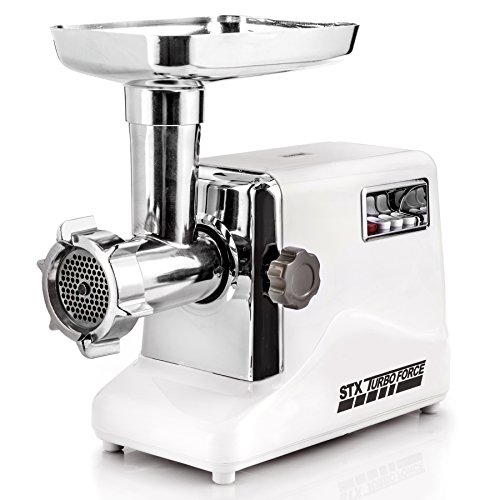 STX INTERNATIONAL STX-3000-TF Turboforce 3-Speed Electric with 3 Cutting Blades, 3 Grinding Plates, Kubbe Attachment and Sausage Stuffing Tubes
STX INTERNATIONAL STX-3000-TF Turboforce 3-Speed Electric with 3 Cutting Blades, 3 Grinding Plates, Kubbe Attachment and Sausage Stuffing Tubes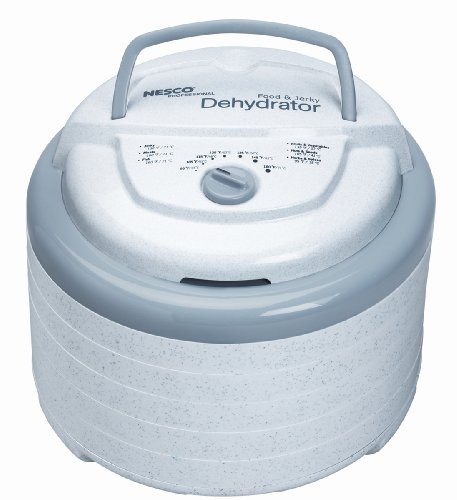 Nesco Snackmaster Pro Food Dehydrator FD-75A
Nesco Snackmaster Pro Food Dehydrator FD-75A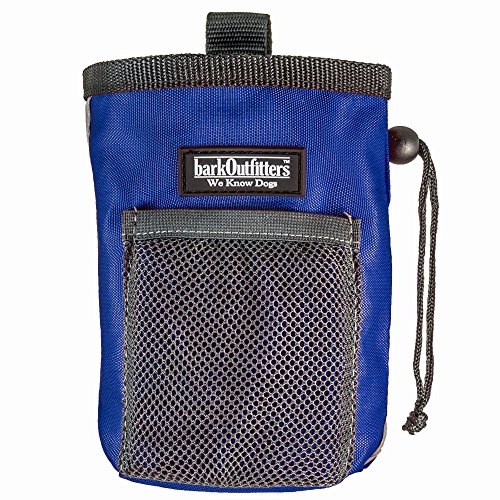 Small Dog Cross Breed As A Pet
Our dog, Mika , is quite a mix of breeds.
Small Dog Cross Breed As A Pet
Our dog, Mika , is quite a mix of breeds.
 Pet Hammock for Car
We have an old dog called Sa
Pet Hammock for Car
We have an old dog called Sa
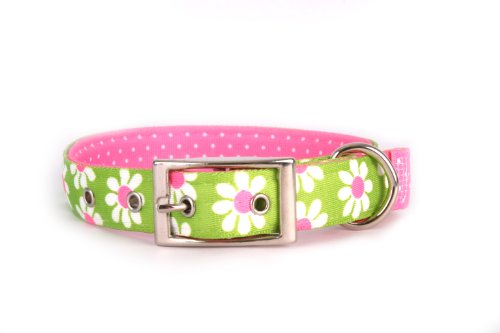 Worlds Smallest Dog Breeds
Maybe it’s due to Holl
Worlds Smallest Dog Breeds
Maybe it’s due to Holl
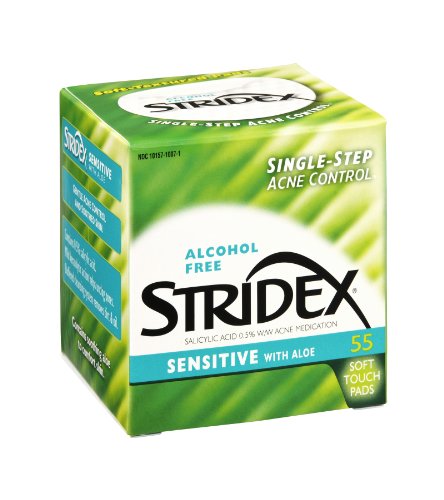 How to Treat and Prevent Infected Wrinkles in Wrinkly Dog Breeds
In humans, wrinkles are a us
How to Treat and Prevent Infected Wrinkles in Wrinkly Dog Breeds
In humans, wrinkles are a us
 Junior Handler Shows Canaan Dog with Seizure Alert Skill - Westminster 2010
Junior Handler Shows Canaan Dog with Seizure Alert Skill
Junior Handler Shows Canaan Dog with Seizure Alert Skill - Westminster 2010
Junior Handler Shows Canaan Dog with Seizure Alert Skill
Copyright © 2005-2016 Pet Information All Rights Reserved
Contact us: www162date@outlook.com